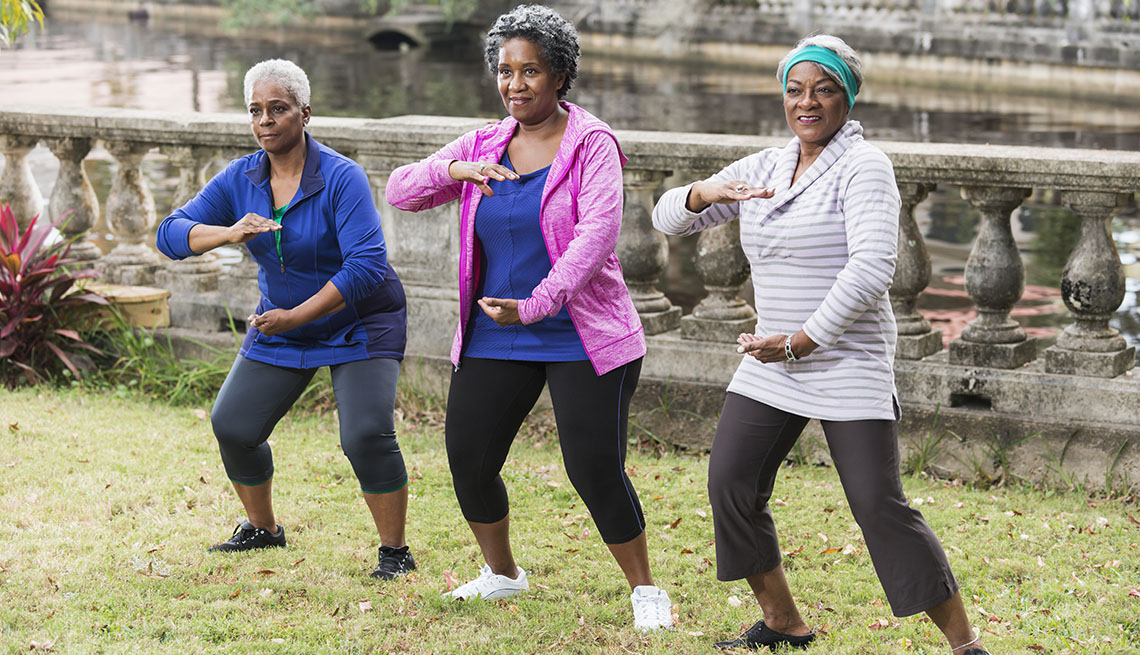Staying Fit
We’ve known for some time that what’s good for your heart is good for your brain. This is especially true when it comes to exercise. Studies show that regular physical activity can help lower the risk of dementia, and recent research offers some clues about why.
A 2022 study published in Alzheimer’s & Dementia found that older adults who remain active have higher levels of brain proteins that enhance connections between neurons, which in turn improves their memory and boosts cognition. This protective impact was found in everyone, even in people showing signs of dementia.
One reason may be that physical activity promotes healthy synapses, the small pockets of space between neurons that allow them to communicate. “They are really where the magic happens when it comes to cognition,” explains study coauthor Kaitlin Casaletto, an assistant professor of neuropsychology at the University of California, San Francisco Memory and Aging Center.


AARP Membership— $12 for your first year when you sign up for Automatic Renewal
Get instant access to members-only products and hundreds of discounts, a free second membership, and a subscription to AARP the Magazine.
The good news, she stresses, is that the brains of participants — who on average were in their 70s — were able to reap the benefits of exercise even into the oldest ages. “It seems it is never too late to start,” Casaletto says. You don’t have to be a gym rat either. While the study did find that greater physical activity was associated with more synaptic protein levels in brain tissue, “this suggests that every movement counts when it comes to brain health,” she adds.
There may be other reasons physical activity has a protective effect. Regular exercise may also reduce age-related inflammation that can also impact the brain, notes Gary Small, M.D., chair of psychiatry at Hackensack University Medical Center in New Jersey. “We know that inflammation is implicated in other chronic diseases such as cancer and heart disease, so it makes sense that it may play a role in cognitive decline as well,” says Small, who adds that patients ask him “all the time whether it’s better for their brain to do a crossword puzzle or jog around the block.” The evidence for exercise is more compelling, he says.
5 brain-boosting exercises
What type of exercise is best for brain health? That remains an unanswered question, Casaletto says. “Right now, research supports any type of movement, from walking and dance to tai chi and yoga,” she explains. “But it’s possible that not everyone benefits the same.”
That being said, there is research to suggest that certain types of activities offer individual unique benefits, including:





































































